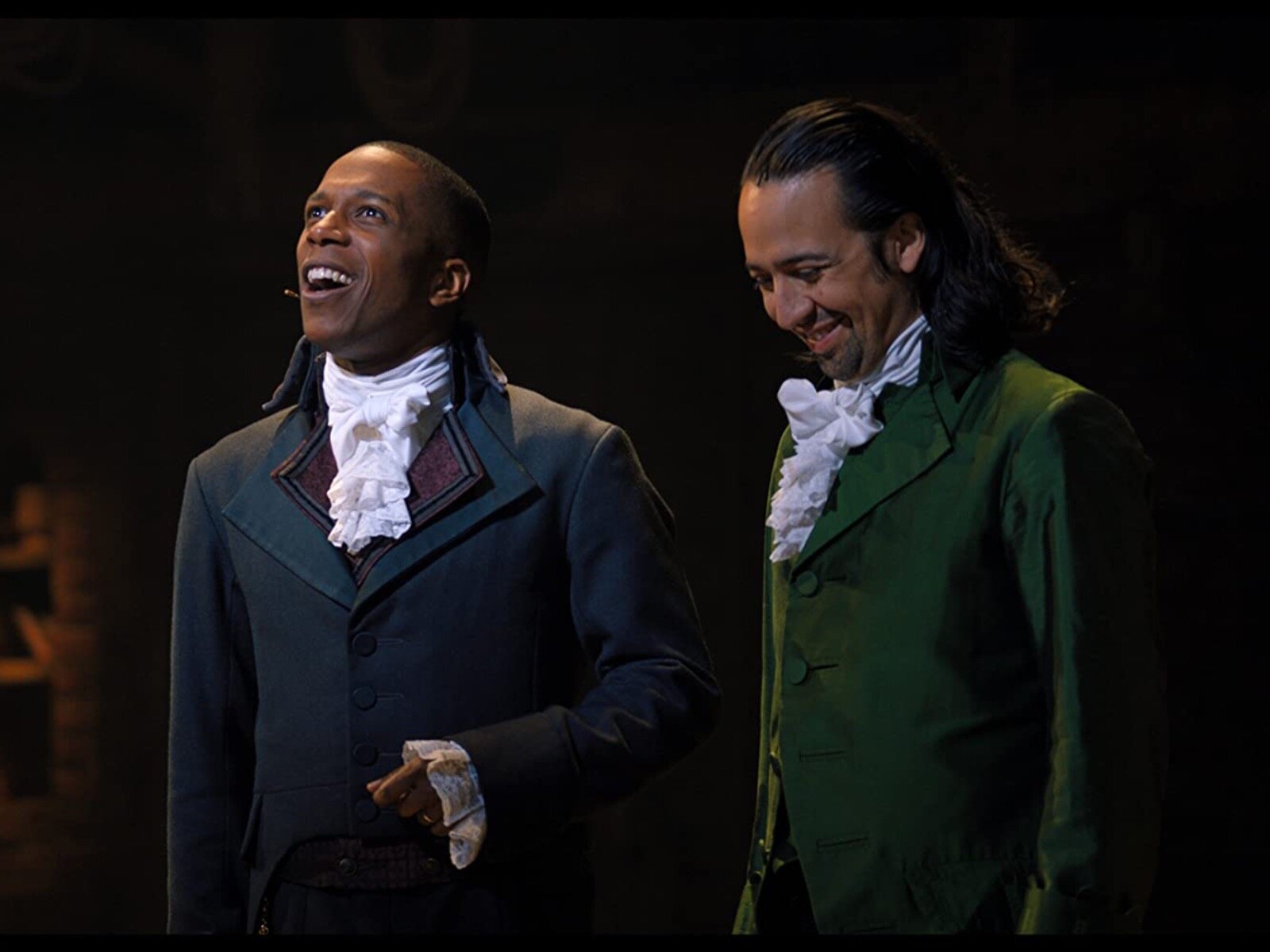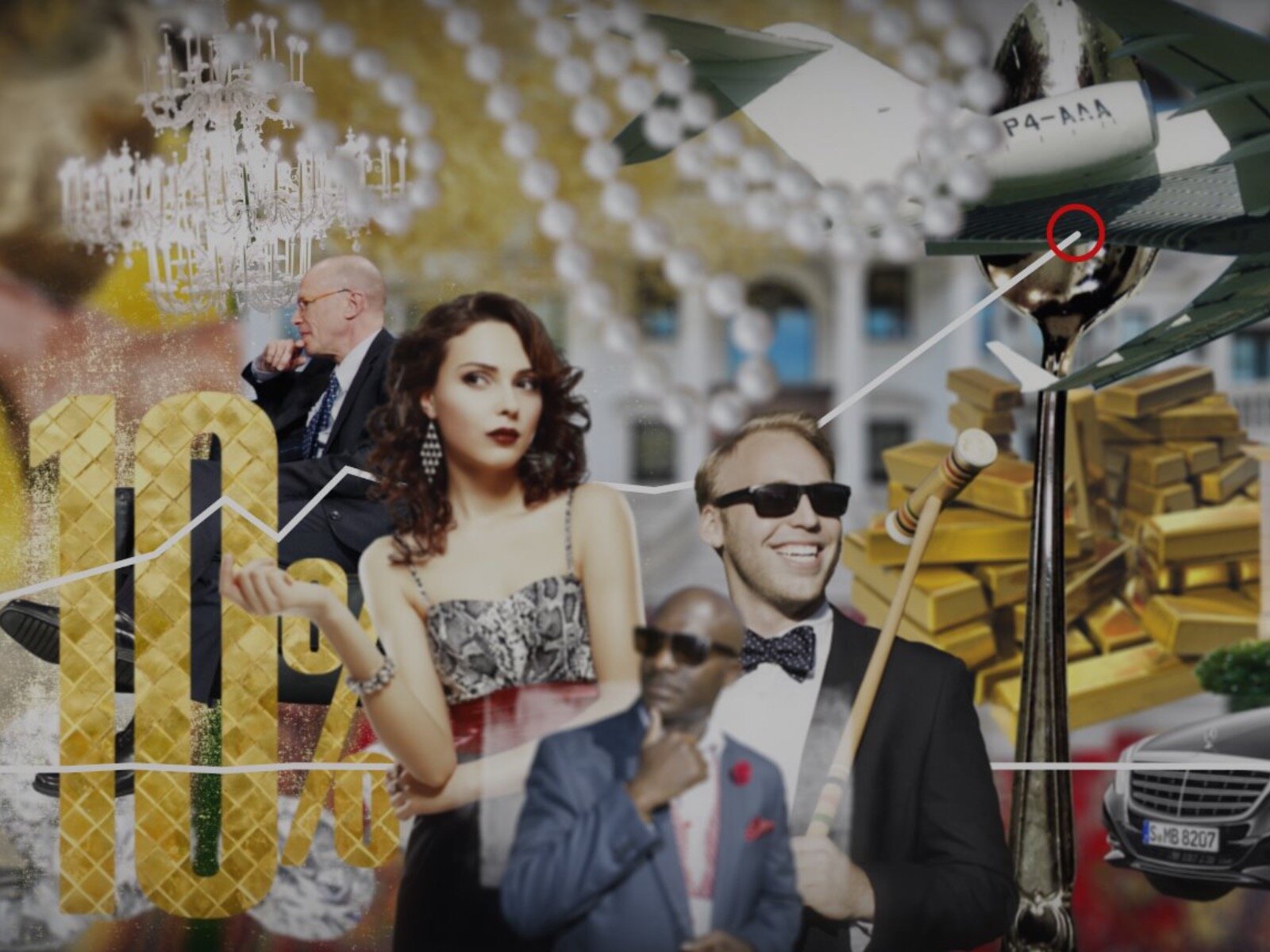Special effects can create almost anything, but as the technology has evolved, there’s one thing all of those designers and detailed pixels haven’t been able to consistently deliver: wonder.
Take "G.I. Joe: Retaliation" from a few weeks ago. The film showed audiences ninjas flying and flipping through the air, bounding off of mountainsides as though gravity didn’t exist. Yet it landed like a rock (not to be confused with The Rock). There was no sense of awe or marveling at a miracle of human capability – or at least computer capability.
A part of that is the movie’s fault, but audiences have changed too. They’ve grown more cynical and more challenging. There are countless blogs and websites – such as the YouTube channel CinemaSins – dedicated to finding every little thing wrong about film instead of talking about what makes them so memorable and wonderful.
In an age where everyone is a critic, some viewers have confused "analyze" with "nitpick." Allowing ourselves to get sucked in is now seemingly a sign of weakness. I’m not going to pretend like I’m exempt from that.
You would think, then, that a movie like a 3-D conversion re-release like "Jurassic Park 3D" would be the opposite of a cure. After all, what could generate more cynicism than a 3-D re-release, the modern definition of a Hollywood money grab?
Yet somehow, "Jurassic Park 3D" is exactly what weary moviegoers needed. Even 20 years later, Spielberg’s blockbuster still has the power to stir the imagination and invigorate our sense of wonder.
The story hasn’t changed much since we first visited Isla Nublar in 1993. Charming but shortsighted billionaire John Hammond builds an amusement park with living dinosaurs as the key attraction. He brings several scientists – Dr. Grant (Sam Neill, just right), Dr. Sattler (Laura Dern) and the entertainingly smarmy Ian Malcolm (Jeff Goldblum) – to give the park their seal of approval.
A storm strikes – as well as dweeb Dennis (Newman!) and his devious master plan – and the scientists’ once-boring tour becomes a fight for survival. It’s safe to say they preferred the prehistoric creatures when they were just bones.
The movie may not have changed (the lone addition – the 3-D – is fine; frankly, I stopped noticing it midway through, but that’s better than being intrusive), but there’s still plenty to discover, both things you remembered and things you may have forgotten.
For instance, I forgot the entire first scene: the rain-drenched prologue where we get our first fleeting glances at the raptors and their brutal power. It feels like a classic horror movie, and it’s the perfect tease – especially since Spielberg and his screenwriters David Koepp and Michael Crichton hold off on revealing the dinosaurs and build satisfying tension for most of the first act.
When I was a kid, I also missed the interesting and colorful discussions that are scattered throughout the first act of "Jurassic Park" (when you're a kid, you're there for the dinosaurs, and everything else is just noise). Unlike many recent blockbusters, where the dialogue, characters and story feel like simply bland filler to get audiences to and from the action, the conversations are fascinating, lively debating chaos theory and whether tampering with nature’s plan is really a good idea (guess what they decide?).
You can’t wait to see the dinosaurs, but you also don’t mind spending time with this band of characters – even the smaller ones, like the chain-smoking Ray (Samuel L. Jackson) and the park’s brooding raptor wrangler (Bob Peck).
But then the dinosaurs do arrive, and I instantly transformed from an avid 22-year-old movie fan to the 10-year-old version of myself who spent hours at a time reading dinosaur books and memorizing every prehistoric creature of the Cretaceous period.
The dinosaurs, a hybrid product of revolutionary CG and animatronics, still look incredible, and thanks to Spielberg’s sense of tone and storytelling, they’re more than just an effect. Look at their first reveal. After spending the first 30 minutes or so teasing at the dinosaurs, Spielberg is ready to show us something we’ve never seen before, but he builds just a bit more tension, showing Dr. Grant and Dr. Sattler slowly take in what they’re seeing.
And then there they are: first just a brontosaurus and then a whole herd of dinosaurs. Spielberg just sits back and lets the audience – and his characters – soak in the wonder of seeing something incredible (with John Williams’s iconic score setting the mood perfectly). It takes you back to childhood, not just because you’re seeing a movie from the past but in recapturing that sense of exploration and discovery that inevitably dims when you grow up and the world seems less big.
Speaking of big, even if you hate and despise 3-D, "Jurassic Park" is worth it just to see it on the big screen. I never got the chance when I was a child; the movie came out when I was three, and as I’ve made clear in the past, I was quite a coward when it came to watching movies (Seven-year-old me is shocked I was able to sit through "Evil Dead"). In fact, the first time I saw "Jurassic Park," it was on my family’s tiny TV set in the kitchen.
Now, seeing it on the big screen – and with movie theater-quality sound – the dinosaurs feel gigantic and awe-inspiring. Take the first appearance of the Tyrannosaurus rex. Once again, it’s perfectly paced scene, revealing the legendary meat-eater with perfect dramatic timing and continuously upping the tension for the rest of the scene. It looks big, it sounds big and it feels big. Its monstrous roar gets me to quake in my seat every time.
I was amazed and horrified by the T-rex when I was a kid, and on the big screen, it was even more powerful and intimidating. It was no longer trapped in a tiny box in my kitchen of living room; it was unleashed on a massive screen, with all of its mesmerizing power on epic display.
Let’s give the real villains of the film some credit too: the raptors. They were terrifying when I was a kid, and just as much now. Their spotlight scene – the raid on the kitchen – is still terrific and provides a solid argument for their place as some of cinema’s best villains.
There’s plenty to nitpick and criticize. Why does the T-rex’s cage turn into a massive pit? Why does Jeff Goldblum have nothing to do but sit shirtless on a table for the last third of the film? And why in God’s name would that girl think grabbing a flashlight would help ward off a T-rex attack (in general, the kids – played by Ariana Richards and Joseph Mazzello – are characters audiences love to hate on a legendary level)?
To get hung up on these lapses, however, is to deprive oneself of the experience of getting into a world once reserved for dreams and imagination. It’s like complaining about the paint job on a roller coaster; unless you’re seeking it out, it immediately falls by the wayside without your brain even pausing for a second.
"Jurassic Park" is a technical achievement – even 20 years later – but more importantly, it’s an emotional achievement. It’s not just a great blockbuster. It’s everything I imagine a movie feeling like. It’s terrifying, exciting, funny, heartwarming and wondrous. It’s the definition of a moving picture, in the fact that it’s a picture that truly moves.
As much as it is a gigantic cliché to say that one has always had a passion for film, Matt Mueller has always had a passion for film. Whether it was bringing in the latest movie reviews for his first grade show-and-tell or writing film reviews for the St. Norbert College Times as a high school student, Matt is way too obsessed with movies for his own good.
When he's not writing about the latest blockbuster or talking much too glowingly about "Piranha 3D," Matt can probably be found watching literally any sport (minus cricket) or working at - get this - a local movie theater. Or watching a movie. Yeah, he's probably watching a movie.







